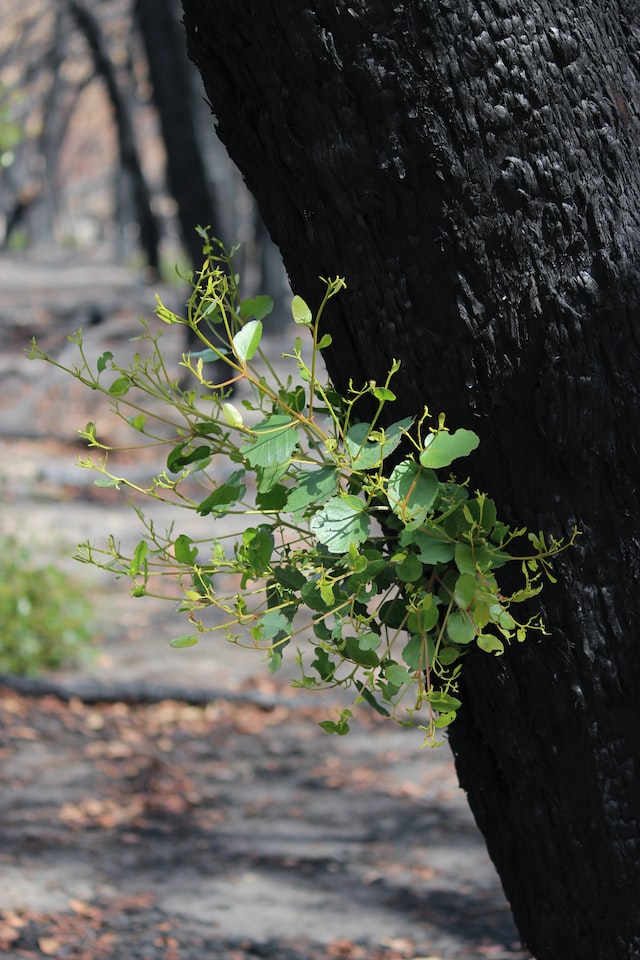
Fire Management Dashboard Guides
Fire guide dashboards update
 The guidelines are publicly available for free download from this website, or as a robust ute-ready printed dashboard.
The guidelines are publicly available for free download from this website, or as a robust ute-ready printed dashboard.
Six of Queensland's popular Fire Management Dashboard Guides have been updated and the electronic versions are being made available free of charge on our website (click here to go to our resources section to download your copy!)
- Brigalow Belt South
- Brigalow Belt North
- Burnett Mary
- Cape York Peninsular
- Capricorn Coast
- Clarke Connors Ranges
The original Fire Management Guidelines were developed many years ago as a support tool provided to fire practitioners and landholders to give guidance on appropriate fire management practices.
They have been so well used over the years that the Queensland Fire Emergency Services (QFES) supported this great project for Healthy Land & Water to complete a full technical review and update of six of the most sought after dashboard guides.
 Proper fire management for each land type and use is important to prevent catastrophic fires
Proper fire management for each land type and use is important to prevent catastrophic fires
The review included the latest information, science, best practice and practical measures that can be taken to enhance bushfire resilience.
After seeing the finished product, we've already had another area in Queensland let us know they are chasing funding to have a guide made for their local area.
Why this project is important
- Delivers the most updated support tool for fire practitioners and landholders to give guidance on appropriate fire management practices.
- Enables land use planning decision-makers and managers within communities to implement practical measures that can be taken to enhance bushfire resilience.
- Provides the latest information to reduces future disaster risk and increase the resilience of targeted communities and beyond to the bushfire hazard.
- Aligns the guides with the outcomes, principles, and framework provided by the Queensland Strategy for Disaster Resilience (QSDR).
What we did
 Taking into account changing climates and differing rain patterns, more careful consideration is needed for proper fire management is needed now than ever.
Taking into account changing climates and differing rain patterns, more careful consideration is needed for proper fire management is needed now than ever.
- Provided a technical and scientific review of content and subsequent design and formatting updates of six of the original Dashboard Fire Management Guidelines to ensure they are up to date before undertaking reprints (Brigalow Belt South, Brigalow Belt North, Burnett Mary, Cape York Peninsular, Capricorn Coast, and Clarke Connors Ranges).
A bit more about the need for bushfire preparedness tools
Bushfires are an inherent part of the Queensland landscape and in many areas, bushfire risk is increasing because of hotter, drier weather conditions.
The impacts from bushfires vary according to the severity of the event, the proximity and exposure of people and property to hazardous vegetation, and vulnerability to bushfire threat. Bushfire impacts can affect people and property through flame attacks, ember attacks, radiant heat exposure, wind and smoke attacks, and convective and conductive heat exposure.
The guides are a rich information resource which also aims to arm land managers with information and approaches to plan hazard reduction burning and undertake planned burns to improve production and conservation outcomes.
| Project name: | Dashboard Fire Management Guides |
| Project manager: | Jaime Kruusmaa, Healthy Land & Water |
| Catchment: | Queensland |
| Timing: | 2022 – 2023 |
| Partnerships: | This project is supported by Healthy Land & Water, through the Queensland Fire & Biodiversity Consortium (QFBC) and funding from Queensland Fire Emergency Services (QFES) |
| Related Articles: |
What's next
There are many other regions whose fire guides are outdated and can be updated as funding becomes available.
Project collaborators
This program is funded by the Queensland Fire Emergency Services as part of their ongoing dedication to fire preventative measures.


